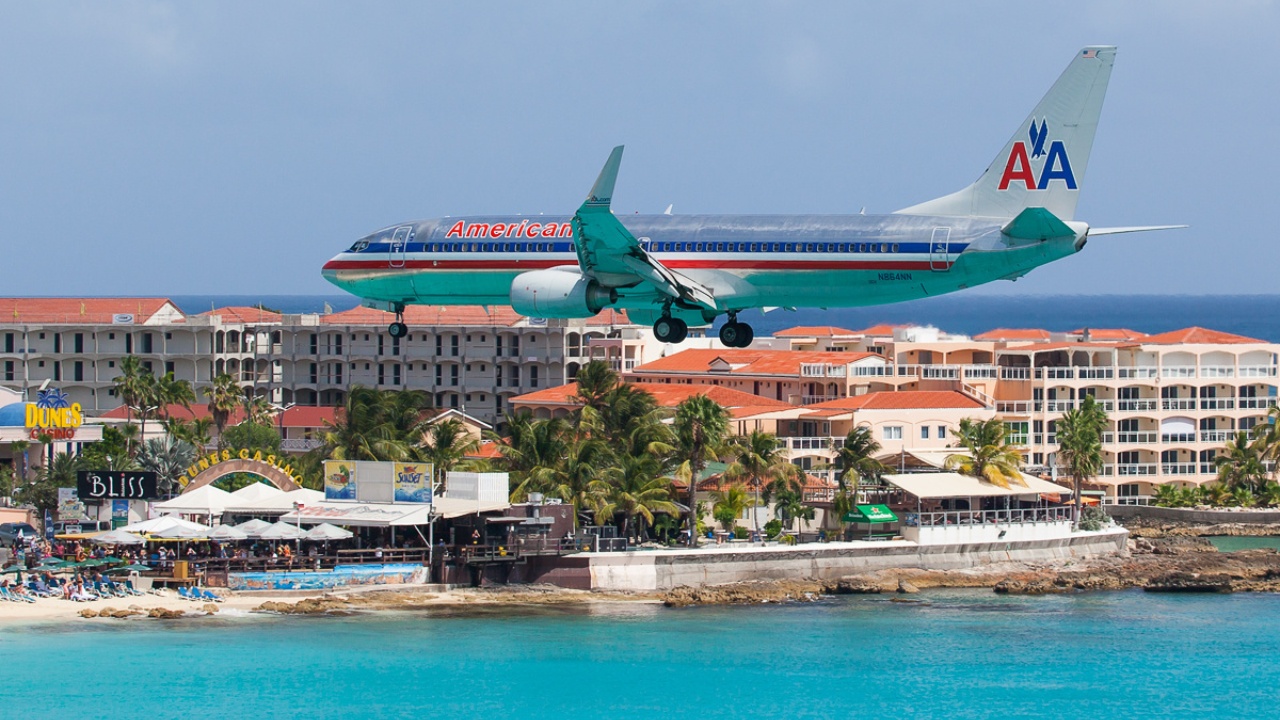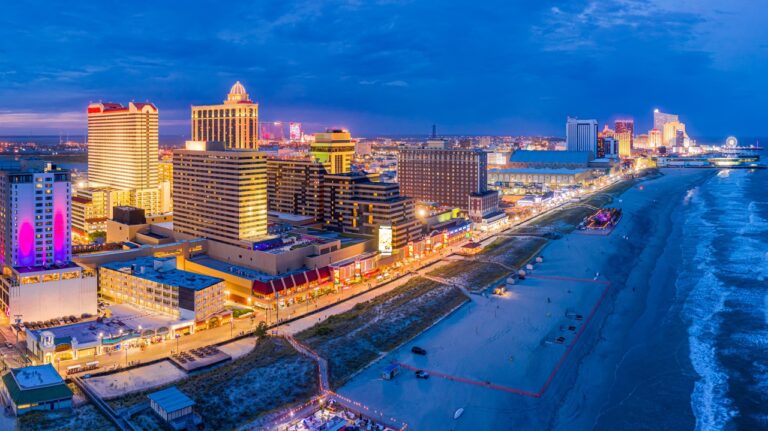The 12 Most Challenging Airports for Planes To Take off and Land

Arguably the two most difficult areas of airplane travel involve actually taking off and landing the plane. Of course, it also doesn’t help when the airport you’re traveling through boasts an infamously dangerous tarmac, forcing pilots to rely on all their skills to safely land their planes.
With the end of summer on the horizon, many people might be looking to book their last-minute vacations to officially wrap up the season. As exciting as it is to book a trip abroad, there are certain airports we wouldn’t necessarily recommend for safe travel.
From notoriously crowded New York airports to landing strips often hampered by treacherous weather, these airports serve as a pilot’s worst dream come true.
San Diego International Airport

At first glance, San Diego International Airport seems like any other airport, complete with a significant number of flights arriving in and out of its terminals.
Yet what makes this West Coast airport so challenging is the steep approach planes take toward its runways. In addition to its dramatic landings, most aircraft suffer a brutal tailwind as they approach the tarmac.
LaGuardia Airport

As one of the biggest airports in the United States, landing or taking off from New York’s LaGuardia Airport comes with various challenges.
An overwhelming experience for both seasoned and amateur pilots alike, LaGuardia’s biggest hurdle involves circumventing the numerous planes arriving and departing from its various terminals at any given moment.
Ronald Reagan Washington National Airport

As the go-to airport for millions of travelers flocking to Washington, D.C., Ronald Reagan Washington National Airport sees plenty of traffic during an average travel day.
However, given its unique location in the American capital, pilots must navigate around several no-fly zones when landing or departing from the airport.
Yellowstone Regional Airport

One of Yellowstone’s most significant strengths also happens to serve as its regional airport’s most glaringly obvious weakness.
Though tourists travel thousands of miles to behold Yellowstone’s wondrous mountain range in person, those same mountains cause headaches for pilots hoping to arrive or depart from the local airport. Requiring careful maneuvering and some last-minute sharp turns, it’s an airport that most pilots roll their eyes at whenever they’re assigned a flight there.
Paro International Airport

Navigating a treacherous series of mountains and cliffs, it takes a truly skilled pilot to land or take off at Bhutan’s Paro International Airport.
With only a handful pilots able to make departures and arrivals at Paro, this Bhutanese airport strictly allows pilots to land and take off during daylight hours, with the potential for disasters too high once night falls in the mountains.
Gibraltar International Airport

Interestingly, Gibraltar International Airport is one of the few airports in the world that has a main street running through it (although the street is obviously closed whenever a plane lands or takes off, not unlike a bascule bridge being raised for ships’ passages).
Each side of the runway also ends abruptly with the ocean, making it all the more hazardous to attempt a proper landing or takeoff.
Courchevel International Airport

One glimpse at Courchevel International Airport tells you all you need to know about this infamously difficult French airport.
With a runway that measures a mere 1,700 feet, only the most skilled pilots in the world can land at Courchevel without blowing past the tarmac. If that weren’t bad enough, Courchevel has no landing instruments or lights to illuminate a landing at night, making it near impossible to land in rough weather.
Telluride Airport

Glancing at Alaska’s Telluride Airport seems like looking at some over-the-top action set piece from Fast & Furious.
Alas, Telluride’s extreme geographic layout, walls of cliffs, and sudden turbulence make it a gut-wrenching airport from which to land or take off. Whether you’re coming from or going to the airport, you’ll probably want to keep your eyes closed as the pilot makes their arrival/departure.
Juneau International Airport

Like many airports out there, Alaska’s Juneau International Airport is hampered by its mountainous surroundings, forcing pilots to approach the runway with a far more cautious mindset.
As one might expect from an Alaskan airport, Juneau also endures its fair share of chaotic weather patterns, including the occasional blizzard that makes landing and leaving the airport much more difficult.
Toncontin Airport

Another airport in a dangerous mountain range, Honduras’ Toncontin Airport requires some sharp last-minute maneuvering from pilots attempting to land or take off from its thin runway.
Not only does the airport come with its own logistical issues owing to the region’s tricky topography, but Honduras’ erratic weather patterns (including storms and rapid wind gusts) only cause further issues for weary pilots in the country.
Princess Juliana International Airport

If you happen to stand on St. Maarten’s beach when a plane arrives at Princess Juliana International Airport, it almost feels like you can reach out and touch the plane’s undercarriage as it glides overhead.
With a popular beach at the end of its landing strip, landing at Princess Juliana International Airport can cause pilots an untold amount of anxiety, especially seeing so many people gathered.
Madeira Airport

The fact that Madeira Airport only allows planes to be captained by experienced pilots who have completed an in-depth simulation should tell people all they need to know about this Portuguese landing strip.
With the raucous Atlantic Ocean on one side and sheer cliffs on the other, Madeira Airport undoubtedly makes for one of the trickiest landing spots in Western Europe.





